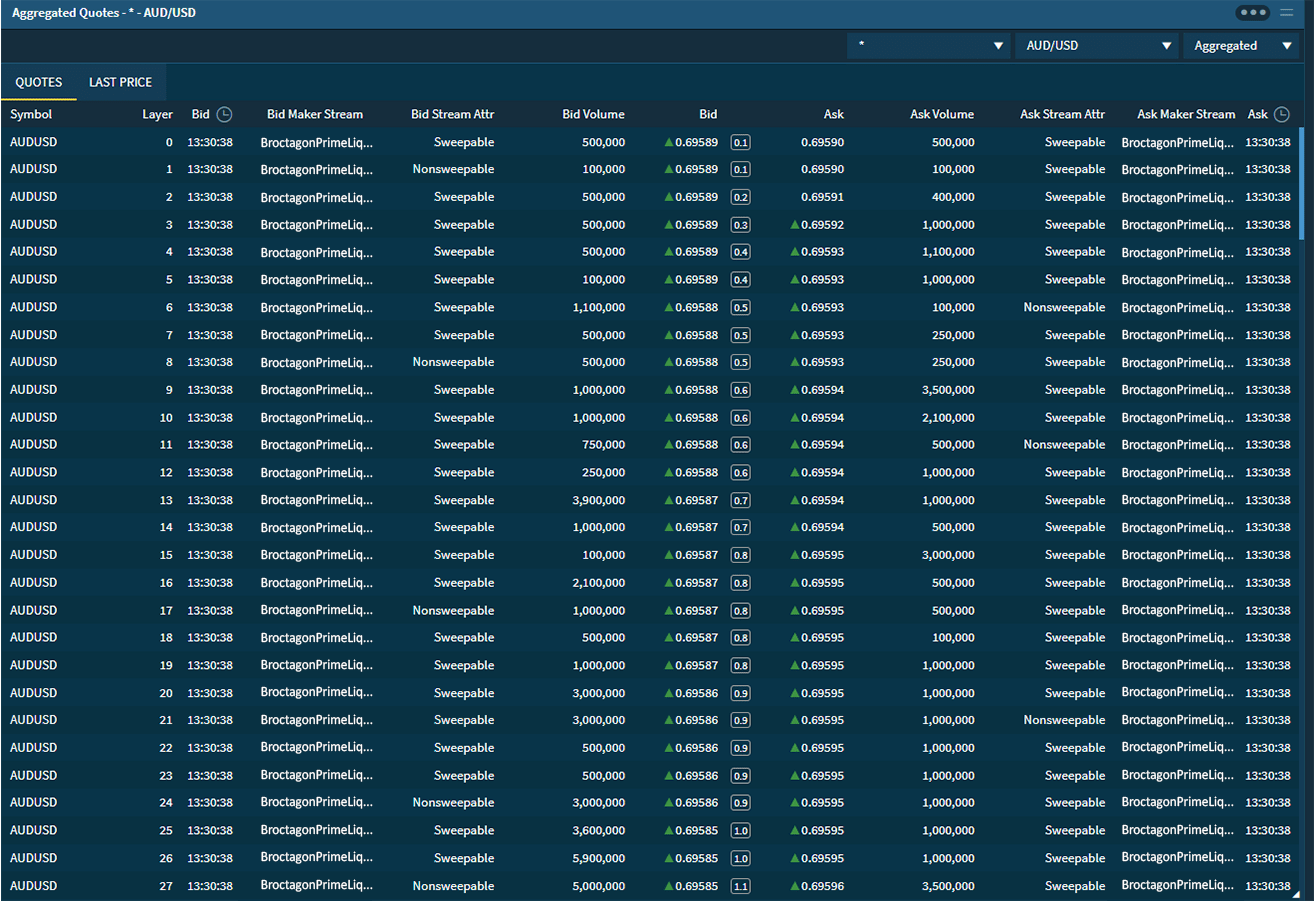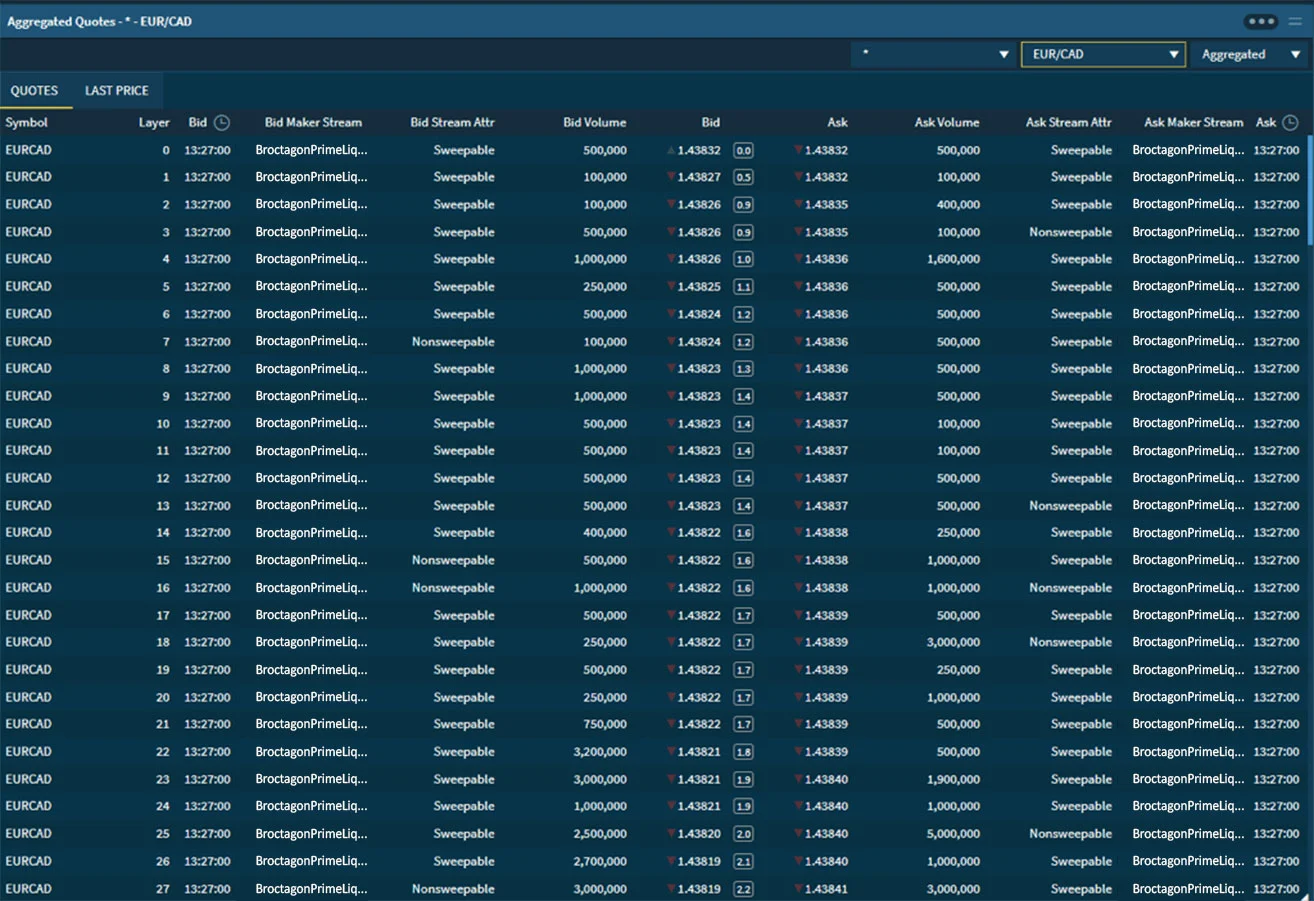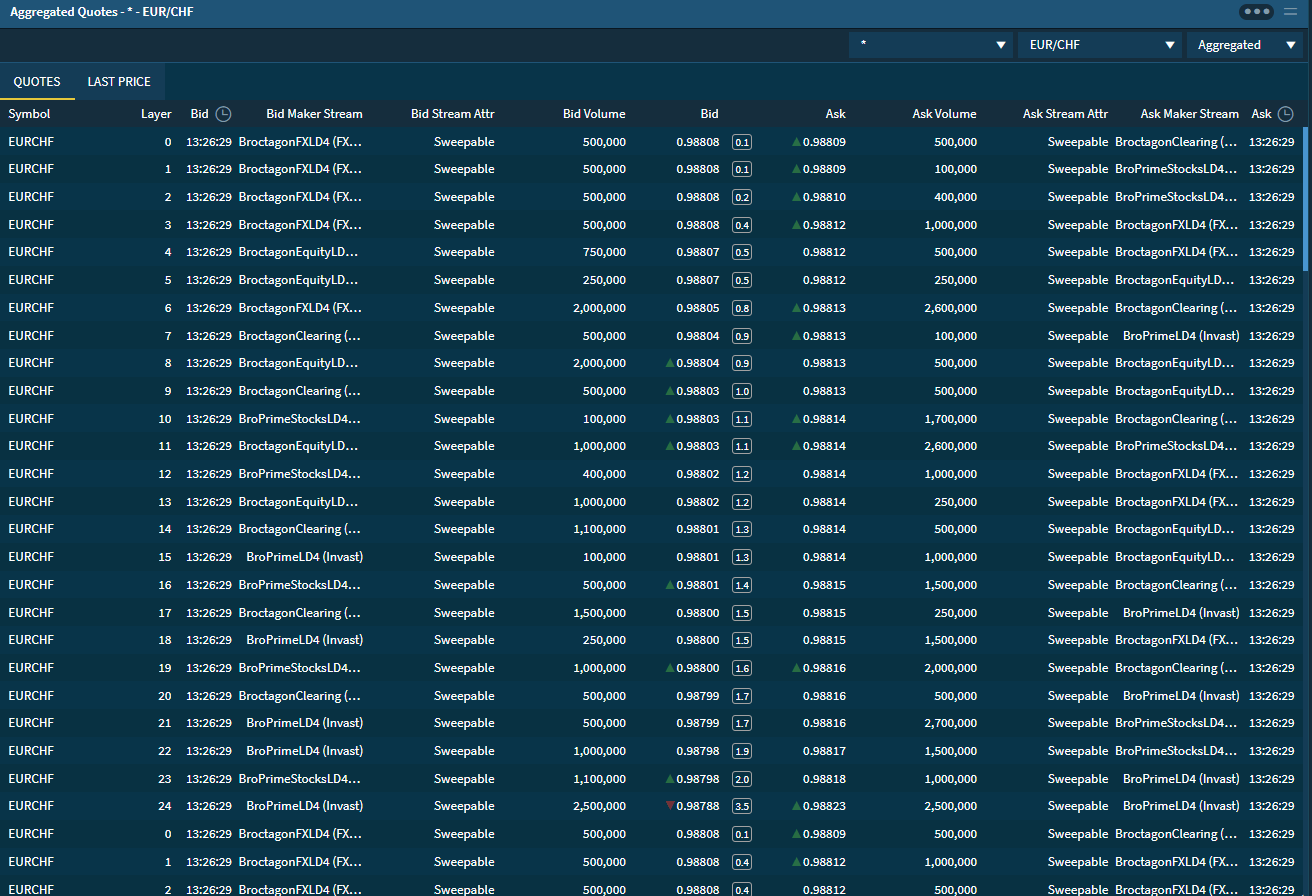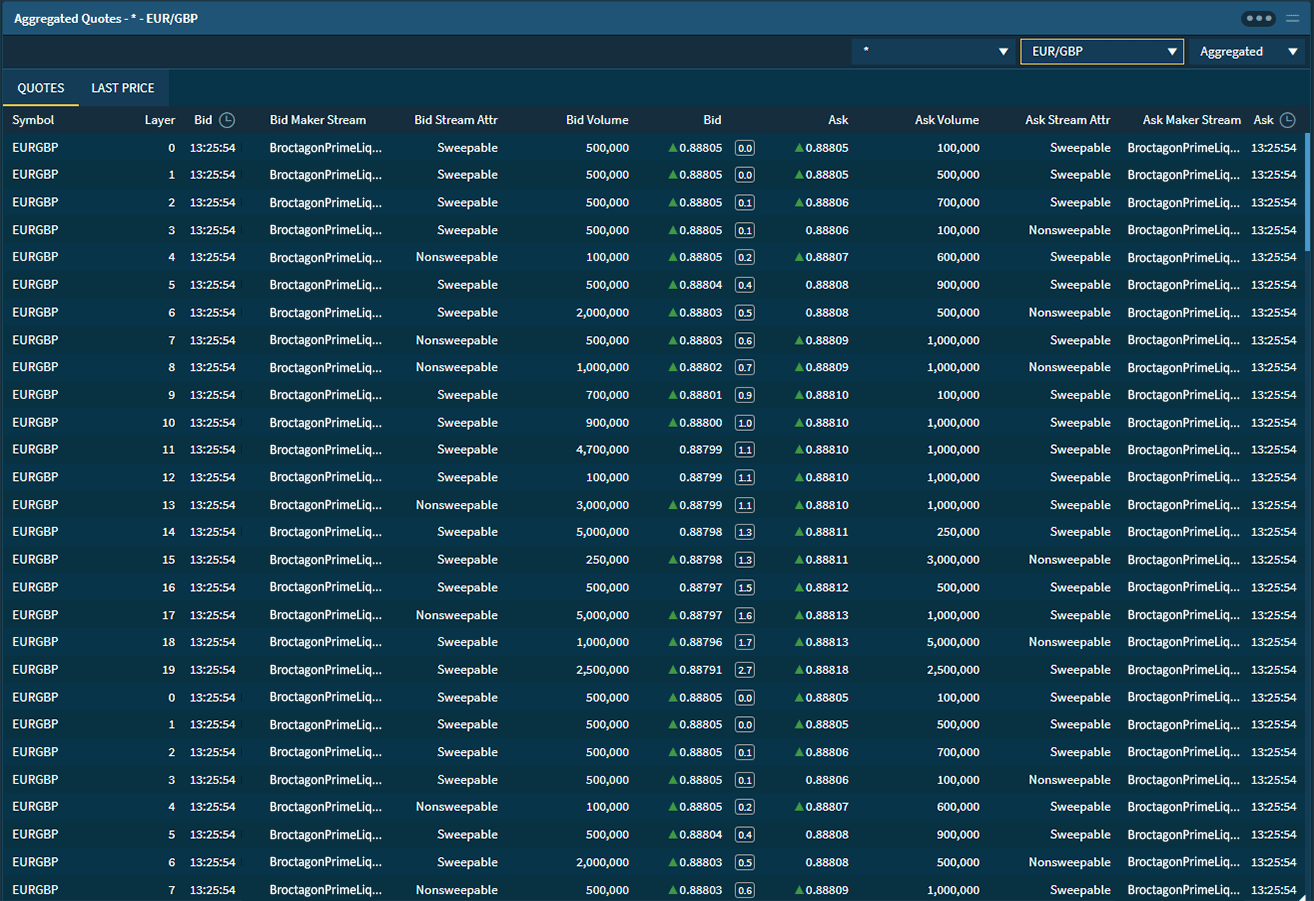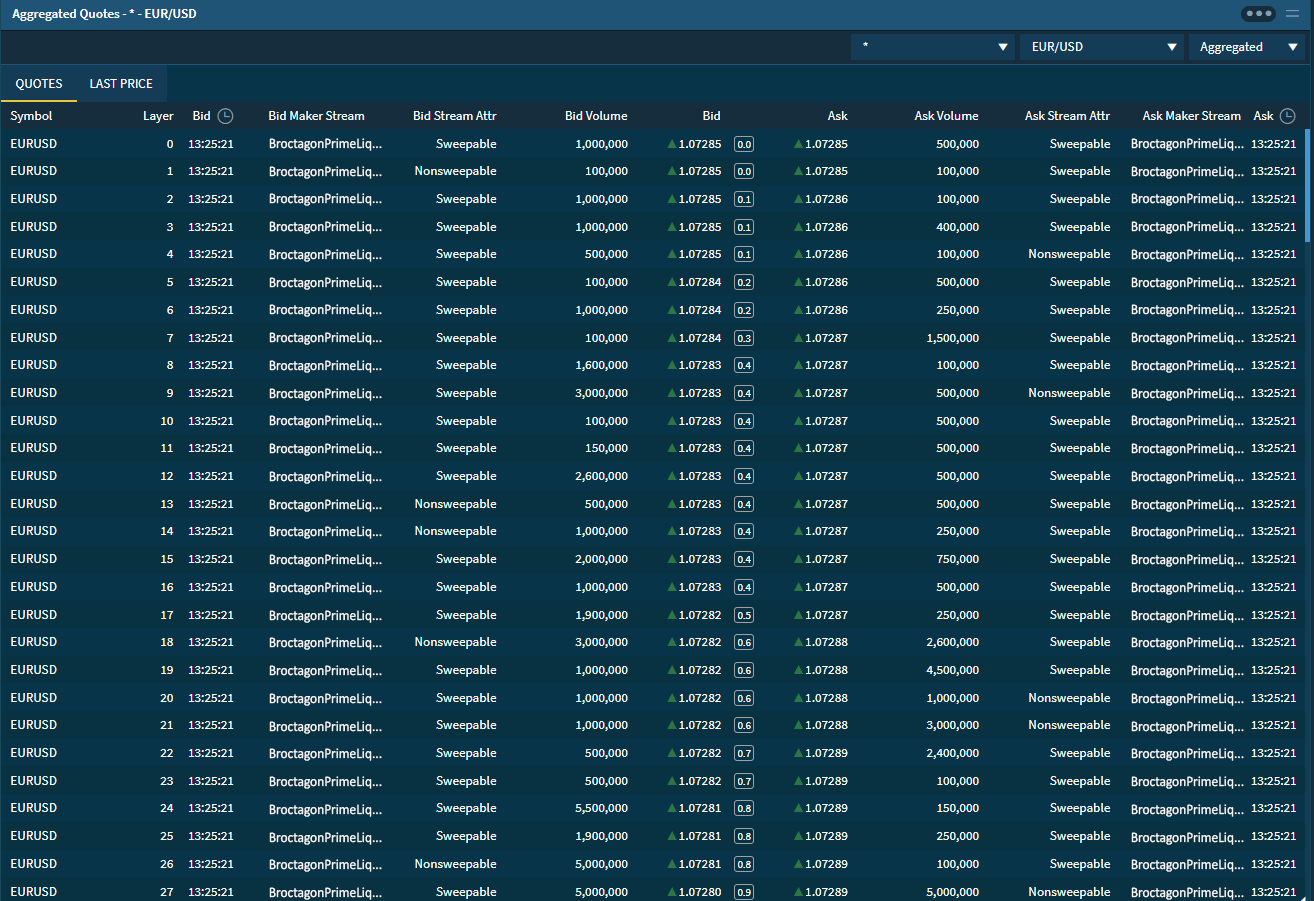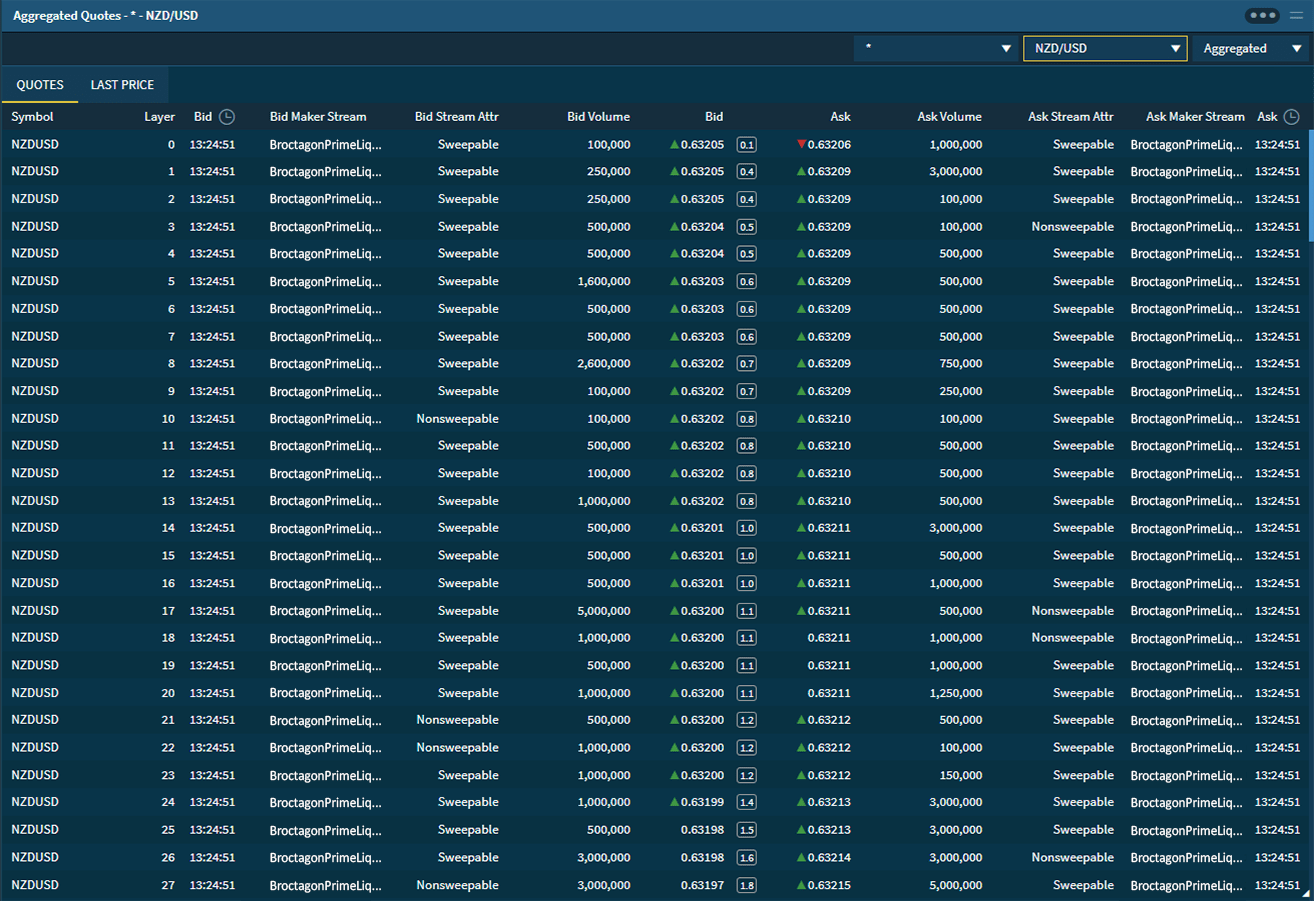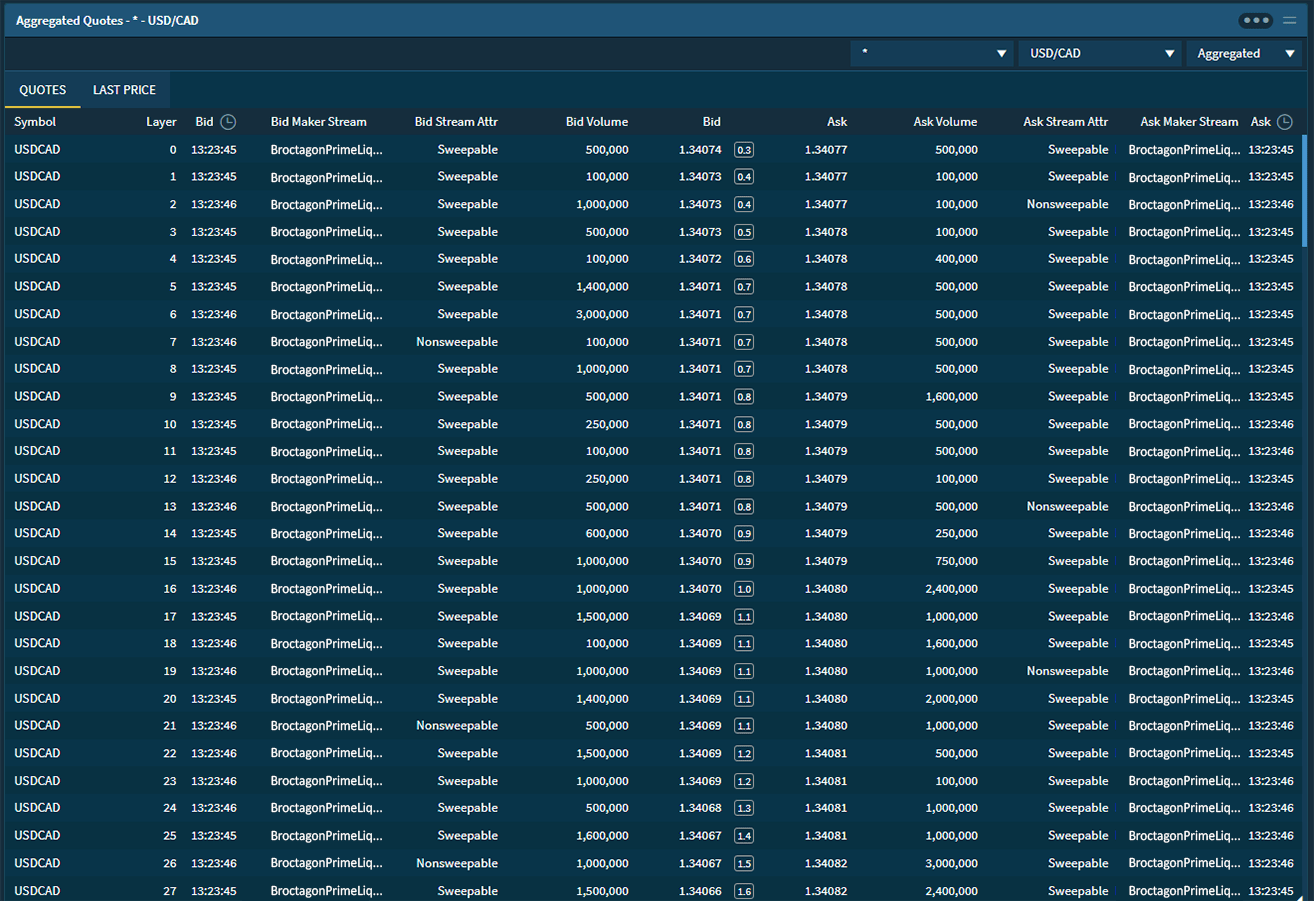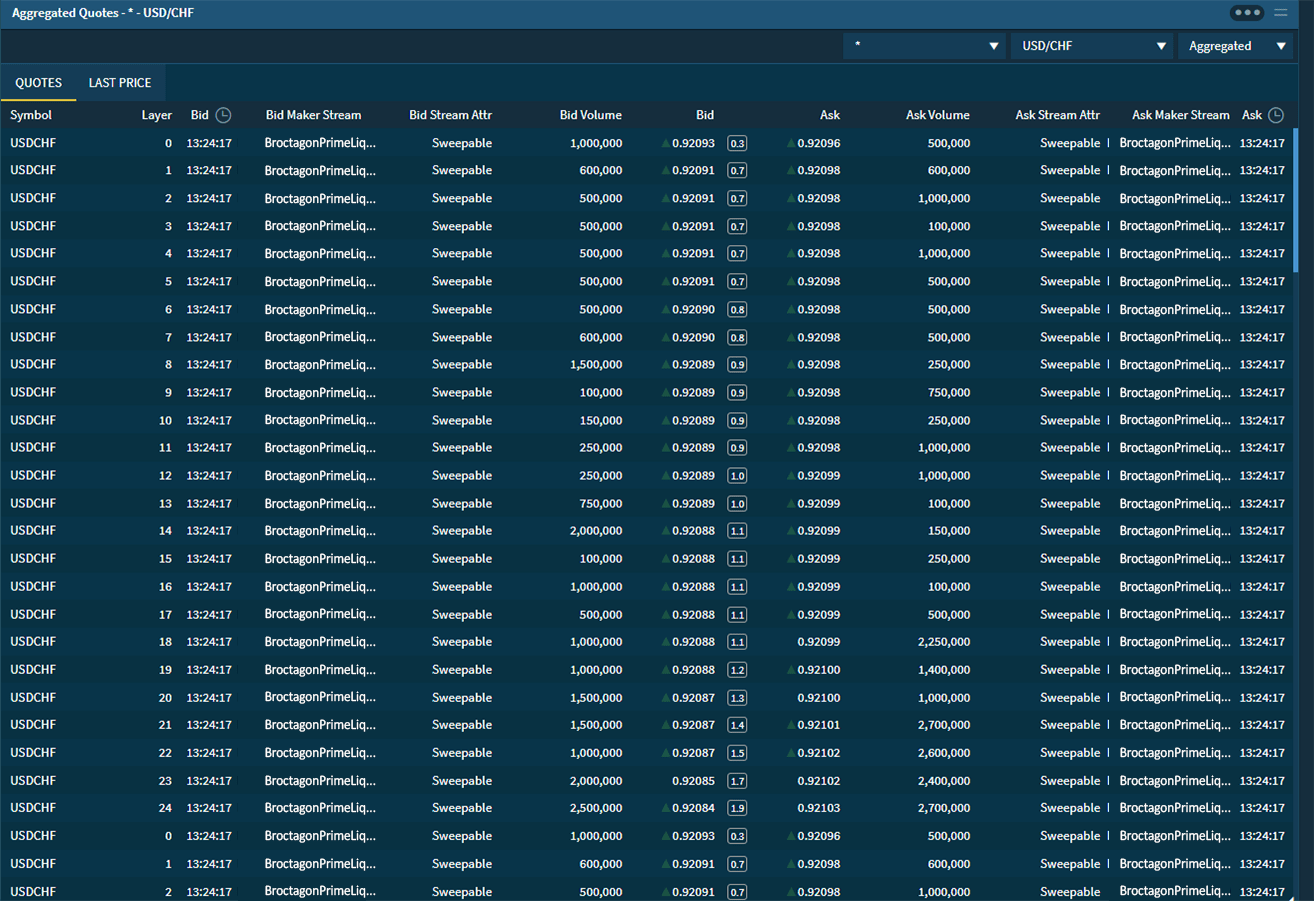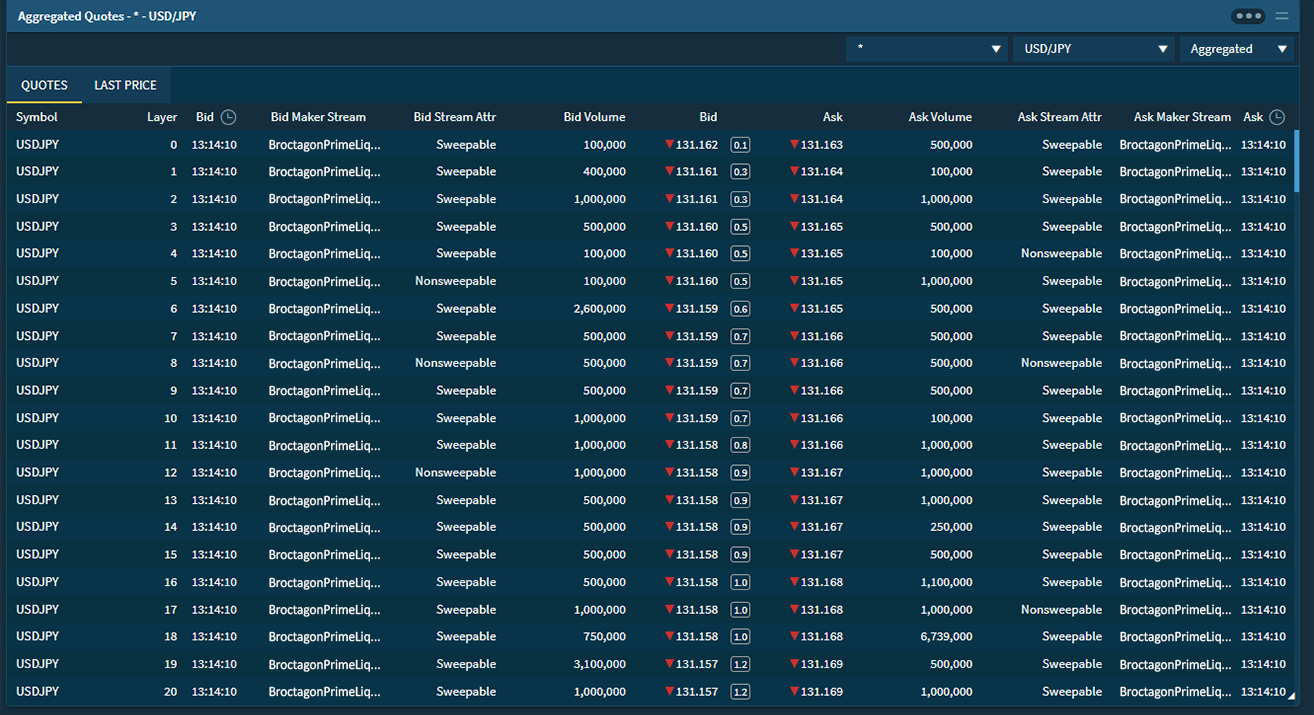What is an NFT? Non-Fungible Tokens Explained

NFTs or Non-Fungible Tokens is the buzzing topic that everyone is currently talking about. In the media, you might have heard of a Nyan Cat GIF being sold for 300 ETH, which is equivalent to about US$590,000 at the time of sale, or about the first tweet of Twitter’s CEO, Jack Dorsey, being sold for 1630.58 ETH, which is equivalent to about US$2.9million at the time of sale. Recently, the NFT hype continued when digital collage “Beeple”‘s JPEG file was sold for US$69 million.
What exactly are NFTs and why are people pouring such huge amounts of money to buy them?
What is an NFT (Non-Fungible Token)?
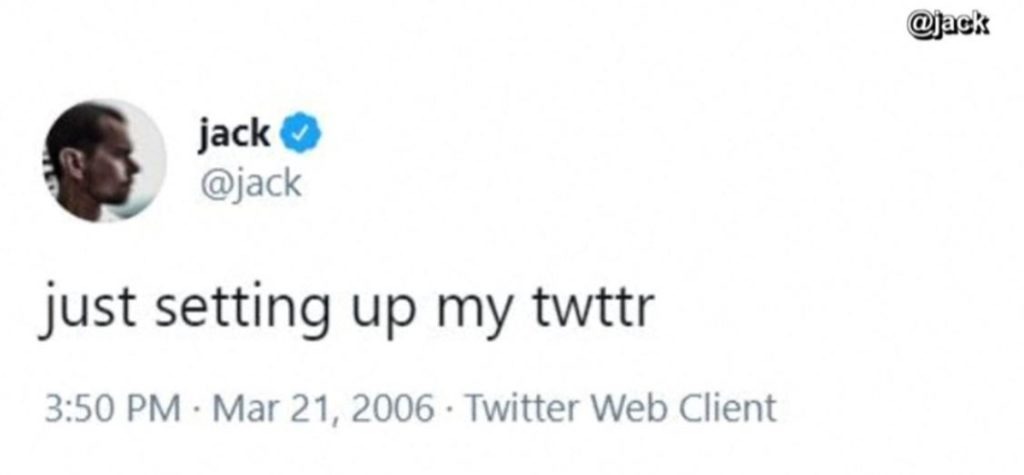
NFTs are entirely unique and are one-of-a-kind tokens that cannot be interchanged with something else. For example, 1 BTC can be exchanged for another BTC, and its value is exactly the same, which means it is fungible. Non-fungible things are unique pieces of art or painting which cannot be replaced with anything else. There is only one original Starry Night painting in the world, and all others are just photos, prints or recreations, and this is what non-fungible is. The non-fungible tokens represent those items.
NFTs are assets sold digitally, where people buy the ownership of that particular unique digital asset. They are also a class of cryptocurrency asset with each token being completely unique. Currently, Ethereum is the leading blockchain service for NFT buying and selling, but there are other blockchains that are becoming increasingly popular as well.
What Can Be An NFT?
There is virtually no limit to what can be listed as NFTs. Digital art and music are the NFTs that are more commonly bought and sold. Justin David Blau, who goes by the alias 3lau makes dance music and ranks 9 in the total artwork value of all sellers of NFTs, which also makes him rank 1 in the NFTs music scene. Michael Joseph Winkelman, or professionally known as Beeple, ranks 1st in the same list. He sells creative artwork and has a whopping total estimated value of USD$113 million.
Other items include in-game items (skins, armors, virtual currency, etc.), digital collectibles, videos, texts (poems, writings, etc.), virtual land and tokenized real-world assets (real estate, cars, etc.). Basically anything digital (even tweets) can be bought and sold as an NFT in the marketplace, the choices are endless.
Mainstream Attention of NFTs
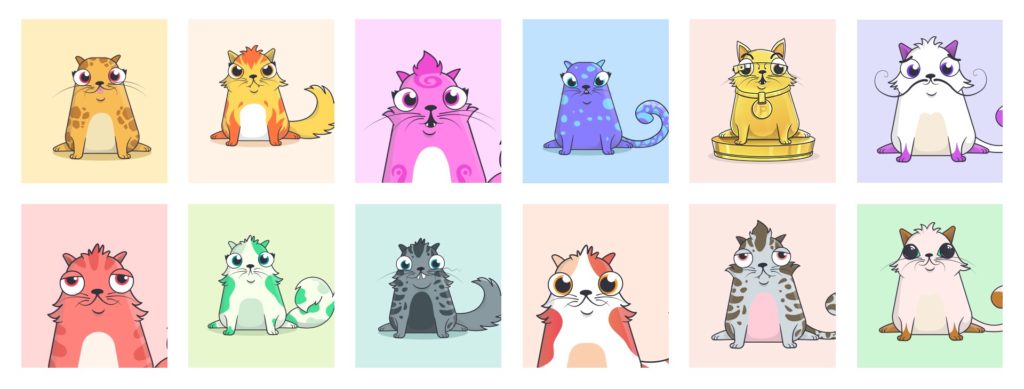
Most famously, blockchain-based game Cryptokitties allowed blockchain and NFTs to soar to mainstream attention. It was the breakthrough in the industry as it educated the masses on the crypto and blockchain space. In it, the cryptokitties are the NFTs, with each kitty as a unique design on its own.
Calvin Harris, a Grammy-winning producer hopped onto the NFTs bandwagon and said that NFTs “can completely revolutionize the music industry”. This speaks volume on how much impact NFTs is creating in the music scene, and in the world. The blowing up of NFTs shone the spotlight on crypto, reeling in attention to the subject which would otherwise remain unknown to the mainstream public.
Most recently, launched in mid-2020, NBA Top Shot has also been in the market creating impact. NBA Top Shot is a set of digital trading cards which captures gameplay highlight reels called “moments”, which can be bought in booster packs. Each trading card is a crypto-collectible and an NFT. NBA Top Shot has since proven to have one of the largest user-base in the crypto space.
With the NFT boom, converting collectibles into tradeable instruments opens up the prospect of the development of a type of financial ecosystem, which is new to the table and sparks the interests of people. Eventually, this might completely change how digital content (such as art and game-related items) is monetised in the future.
How NFTs Can Shape the Future
In this technological era, it is hard to claim ownership over digital content as it can be easily copied, duplicated or pirated. With NFTs, creators can protect their creations via attaching different types of digital content (such as digital art, music, digital collectibles, gaming items, etc.) into blockchain-based unique tokens. We see a rapid growing of interest of NFTs as digital creators strive to copyright and prove ownership. NFTs allows for authentication and identification, which may be difficult to certify in this digital age, where everything can be easily copied and uploaded again.
For example, it is notoriously known that digital art is always being used without the consent and permission of the original artist, or is being plagiarised by another creator. On a positive note about copyright, let’s say you sold an original digital art print as an NFT. The ownership will be transferred to the buyer, but the copyright ownership stays with you. However, this is not the case for all market platforms. In some platforms like Mintable, the underlying copyright of that digital asset can be sold as well. To conclude off, NFTs are an amazing way owners and creators can profit from, as well as protect the digital assets they own or have created.
NFTs Could Pave the Way to Mainstream Adoption of Crypto
As NFTs are becoming increasingly popular and mentioned in the media, we can see how it is trending towards mainstream adoption and recognition. This in turn sheds light and promotes education on cryptocurrencies and its underlying infrastructure, blockchain. Crypto-related technologies have become increasingly demanded by companies who have now discovered the advantages and efficiencies of integrating distributed ledger into their business processes. Furthermore, those that seek to create tokens and blockchain services can engage in Blockchain-as-a-Service (BaaS) companies to do it for them, for easy integration and adoption for their business. All these definitely pave the way for crypto and blockchain being increasingly adopted in the future.
If you would like to authenticate and protect your assets by creating NFTs, simply click here to schedule a consultation with our blockchain advisors!
About Broctagon Fintech Group
Broctagon Fintech Group is a leading multi-asset liquidity and FX technology provider headquartered in Singapore, with over 15 years of global presence across China, Hong Kong, Malaysia, India, Thailand, and Armenia. We deliver performance-driven, bespoke solutions to more than 350 clients in over 50 countries, offering institutional-grade liquidity, brokerage and prop trading solutions, as well as enterprise blockchain development.


